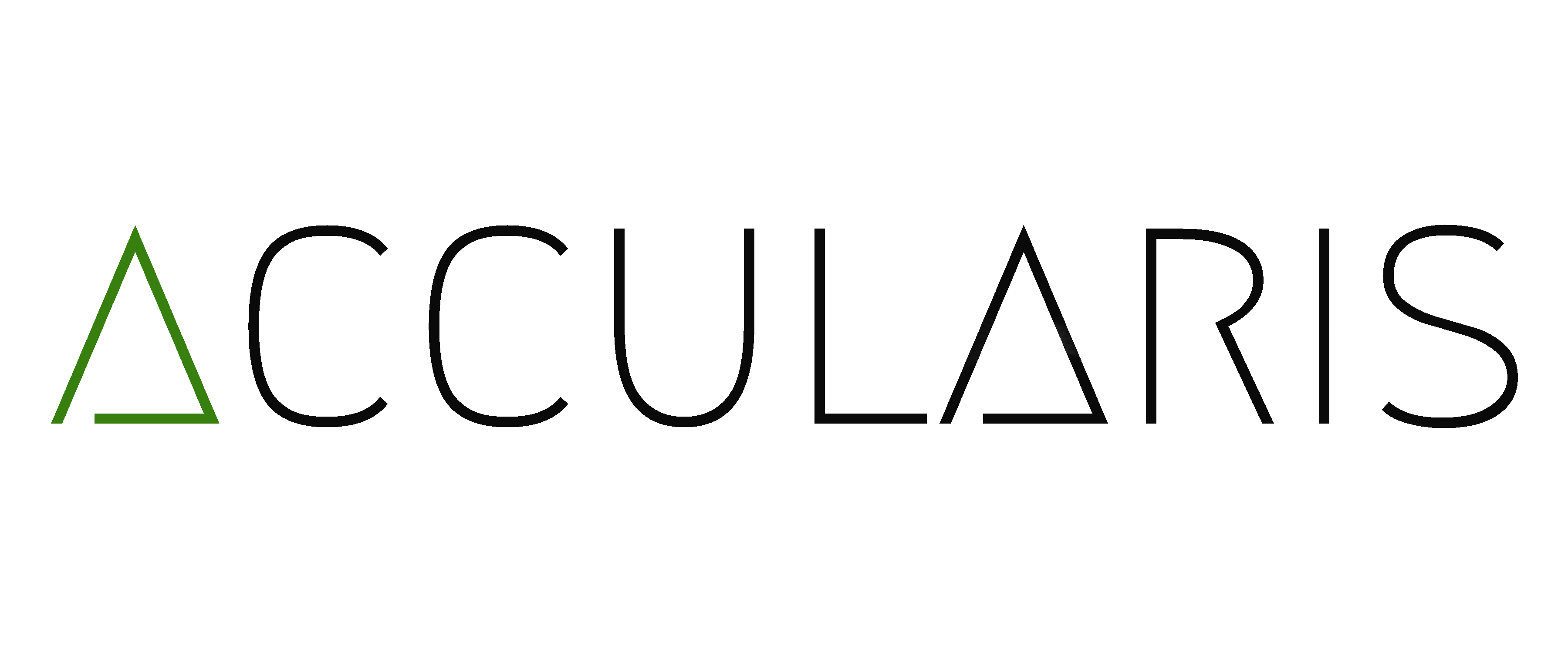
Pay-Per-Click advertisements are an online advertising model in which organizations pay a fee each time a user clicks one of their online ads. The goal of PPC advertisements is to place ads based on specific keywords, demographics, geographic, and other determinants that get your ad placed in front of your particular audience. The most popular platforms that allow PPC advertisements are Google, Bing, Facebook, Instagram, LinkedIn, and Twitter. Our PPC managers from various South Jersey marketing companies provided a brief introduction to the world of PPC advertisements.
When Did PPC Advertisements Start?
PPC advertisements began their run in the 1990s when the world wide web and search engines began taking off rapidly. The first platform was launched by Planet Oasis in 1996, showcasing the first-ever PPC model. At the time, Planet Oasis was a website that resembled a virtual city that consisted of company logos and descriptions. The best way to think of it was a large skyscraper with company billboards plastered on it. The companies were broken down into different categories such as health, games, and so forth. Little did they know at the time, but this was the start of a huge sector of digital marketing. Yahoo was dominating at the time as well, achieving over $53.2 million in online revenue. Fast forward to 2002, Google announces its CPC Adwords platform that has dominated the industry ever since.
How Do PPC Advertisements Work?
There are different types of PPC advertisements. The most common type is your paid search ad. A paid search ad is when people are searching for a particular product or service online using a search engine. The other forms of PPC advertisements are display advertising and remarketing. When setting up a PPC advertising campaign, one of the first things you will have to do is participate in an ad auction. An ad auction is an entirely automated process that other search engines use to determine the relevance of the advertisements and ultimately, how much the advertiser will pay per click.
When you’re within the ad auction, the bid will be placed on particular keywords or keyword phrases that will trigger their ads. For example, if you are looking to sell cars, you might go with “used cars for sale” for the keyword phrase. With this being said, it is important to watch the performance of your ads and only have ads running for relevant keywords. More is not always better. There are keyword tools like Moz & SemRUsh that can help you discover what keywords could benefit your organization.
After ad budgets, keywords, and demographics are set, it is time to write your ad copy. It is important to make sure you have a call to action within your advertisement to call out to the customer that this is the purpose of the advertisement and what it offers. This is the time to get creative. Once ad copy is written, you want to build out landing pages for each advertisement. These landing pages will help track and close leads after they click on your advertisement. This is just a surface-level glimpse into the world of PPC advertisements and management.
If you have any questions or concerns, please reach out to Accularis Marketing Solutions at 1-856-793-9440!
